#Lepraria
Text
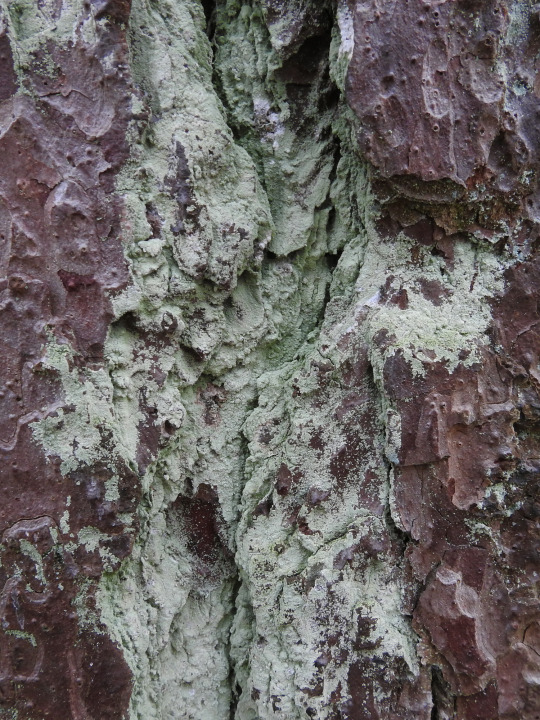

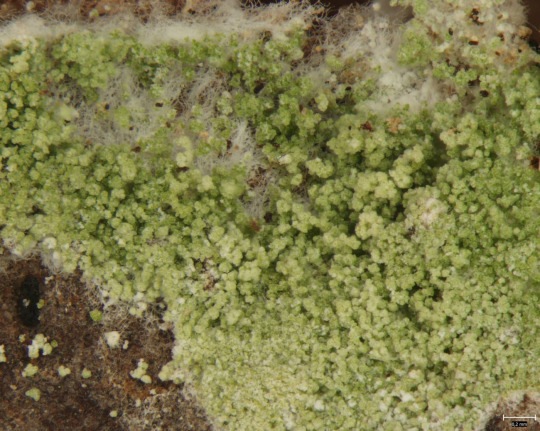
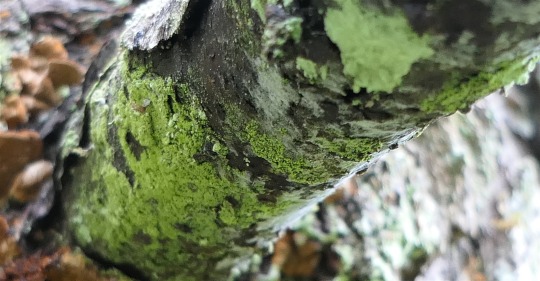
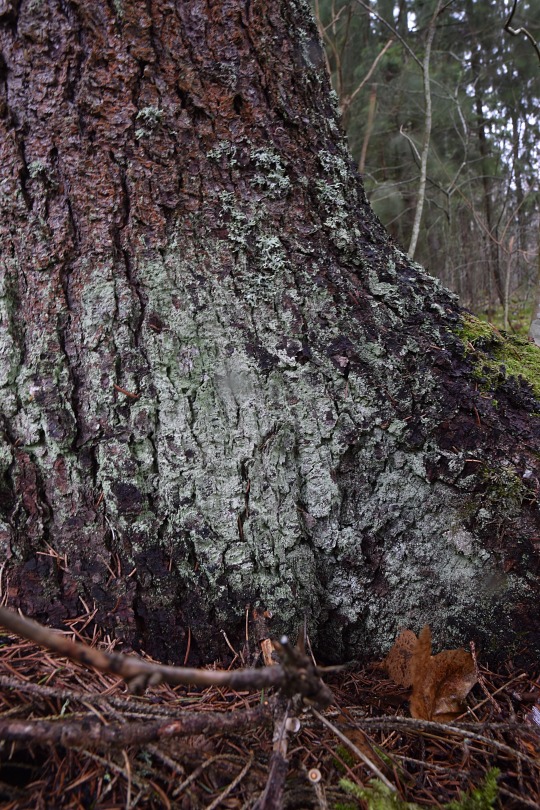
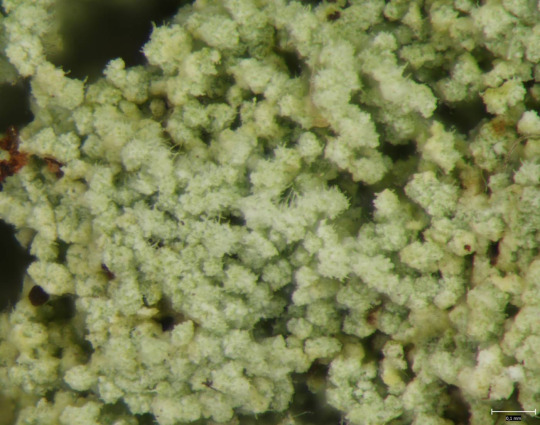
Lepraria jackii
Lichen or mold? With just a casual glance, Lepraria lichens can look like mold to the untrained eye, so here is your training! Firstly, mold doesn't typically grow on healthy trees. So if you see a smear of white or green on an otherwise healthy looking tree, it is likely not mold. Secondly, if you get close, you will notice that Lepraria lichens like L. jackii are made up of fine or coarse well-delimited granules, often forming soft, random masses. Molds are typically minutely filamentous, often so small and dense that they kinda just blur together. So well delimited grains=lichens. Thirdly, lichens are a lot tougher than mold. Poke L. jackii and you will get some solid granules are your fingers, but the general structure will hold. Poke a mold, it'll fall apart and scrape right off the surface. Lastly, Leprarias and other lichens with green algal photobionts will appear darker green when moist due to the activation of their chlorophyl. Mold doesn't have chlorophyl, and so won't appear more green when moistened. So yeah, you don't have to worry if you see stuff like L. jackii on trees. Unlike molds which are saprotrophs (eat dead stuff), lichens are enclosed autotrophic systems (the photobiont makes food for itself and mycobiont) so they aren't consuming the tree or causing it any harm. In fact lichens are often an indicator of a healthy ecosystem! Hooray lichens!
images: source | source | source | source
info: source
#lichen#lichens#lichenology#lichenologist#mycology#ecology#biology#fungi#symbiosis#symbiotic organisms#algae#fungus#tree#trees#see the forest for the lichens#Lepraria jackii#Lepraria#I love lichens#lichen a day#daily lichen post#lichen subscribe#nature#naturalist#beautiful nature#weird nature#natural science#environmental science#life science#go outside#take a hike
57 notes
·
View notes
Text
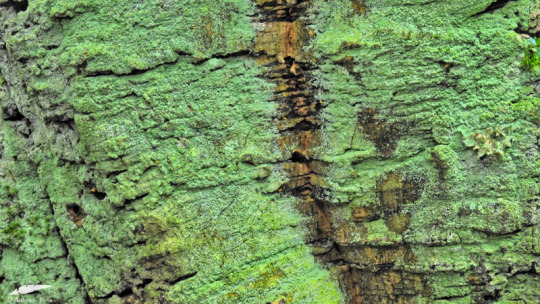
Lepraria (incana)
Lisboa/Portugal (14/02/2024)
[Nikon Coolpix P900; 50mm; 1/30s; F6,3; 200 ISO]
4 notes
·
View notes
Photo

Lepraria or dust lichens have not been well studied in the PNW. Identification is difficult, so we almost certainly have many undescribed and unnamed species.
4 notes
·
View notes
Photo
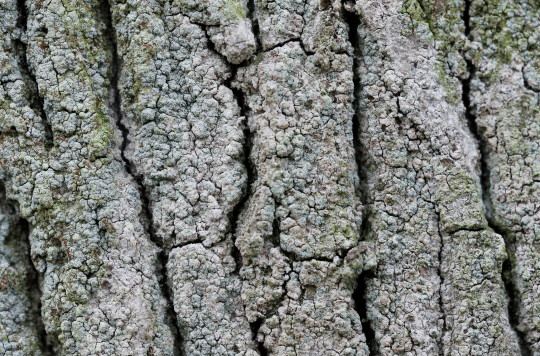
(со страницы centralasian :: Lepraria {Dust Lichens}; possibly Lepraria incana)
0 notes
Photo

Nice collection of lichens on the venerable rocks at Indian Rock Park in Berkeley. #dustlichen #lepraria #goldspecklichen #candelariella #greenshieldlichen #flavoparmelia #sunkendisklichen #aspicilia https://www.instagram.com/p/B7JY1TkgWAC/?igshid=jqx2k1q8t7f
#dustlichen#lepraria#goldspecklichen#candelariella#greenshieldlichen#flavoparmelia#sunkendisklichen#aspicilia
32 notes
·
View notes
Photo
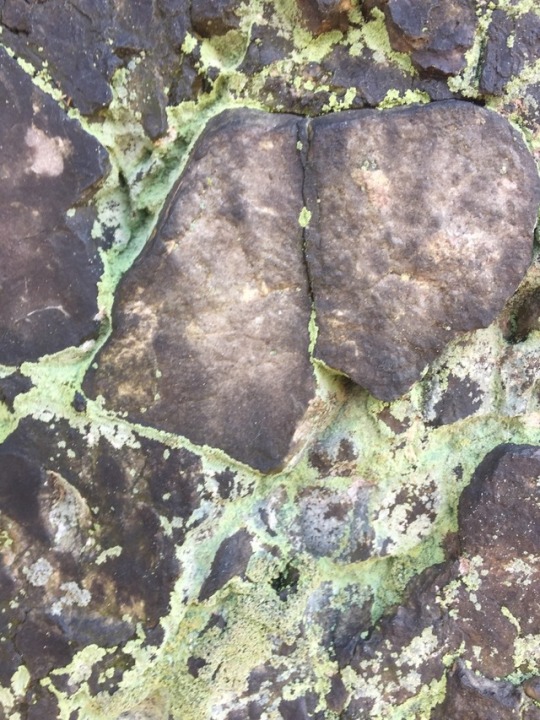
Lepraria lichen on puddingstone, Franklin Park, Boston
11 notes
·
View notes
Photo

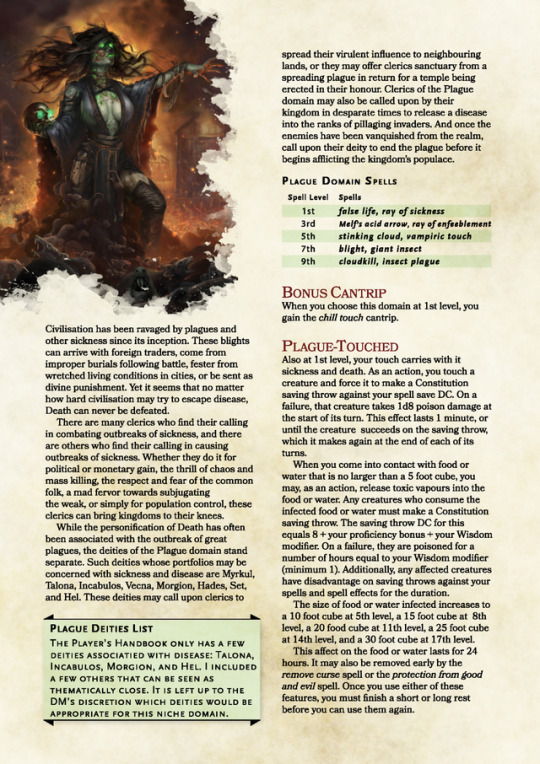

Cleric Domain of Plauge. Found primarily in followers of Pharika. Usually found in Lepraria, or Horryum.
1 note
·
View note
Text
The Physiology of Plants: or, The Phenomena and Laws of Vegetation, 1833
The root has a twofold character: it serves as the anchorage of the plant, by attaching it to the soil; the fibers, moreover, are capillary tubes, by which the plant is sustained, as they are the canals which absorb nutriment; they may therefore be considered as the tentacula of the plant. The root penetrates sometimes to an immense depth, at other times it is more superficial: its ramifications, in many instances, extend far and wide, especially in such trees as have a diffuse canopy, as in the cedar of Lebanon. In some plants, this organ appears to be entirely absent, and its functions are supplied by other means; for instance, the nostocs, or fallen-stars, palmella cruenta, or gory dew; protococcus nivalis, or crimson snow; haematococcus sanguinens, or blood stain, and lepraria kermesina, or bloody rain, which have excited the wonder, and roused the superstitious fears and terrors of the ignorant in every age. The epiphytes, called aerial flags, or lichens, afford familiar examples of rootless plants, they are superficial, and often decorate the otherwise barren rock with varied colors, picturesque and beautiful; — all the geography of isthmus and isle; sometimes bearing also a striking resemblance to Hebrew and Chinese characters; and when rightly interpreted, it appears, some of these interesting epiphytes are legends which not only distinguish various barks from each other, and enable us to discriminate the genuine Peruvian bark, but their comparative officinal value.
0 notes
Text

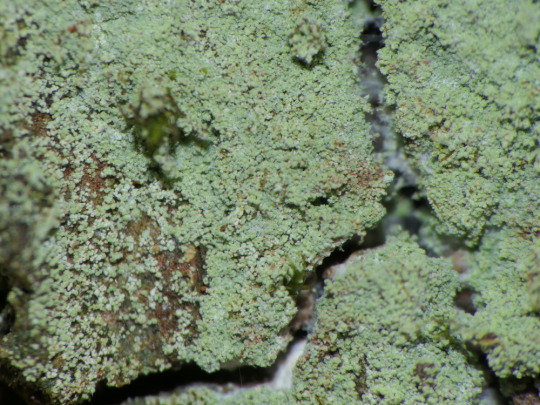
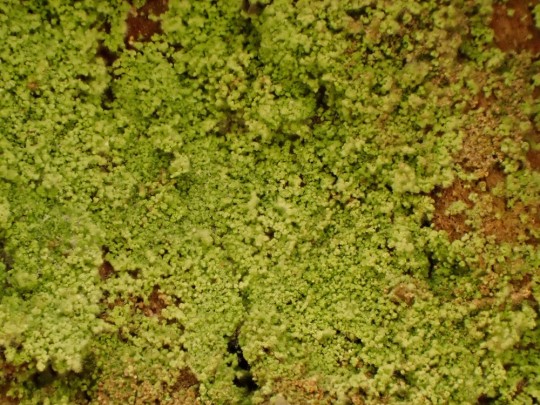



Lepraria umbricola
This crustose lichen has a powdery, leprose thallus made up of fine, green soredia growing in thin patches on acidic rock and bark. It can be found in humid microhabitats (ravines, rock crevices, old-growth forests, etc.) in warm-temperate and oceanic regions of Europe.
images: source | source
info: source | source
#lichen#lichens#lichenology#lichenologist#mycology#ecology#biology#fungi#nature#bryology#botany#phycology#symbiosis#symbiotic organisms#algae#fungus#Lepraria umbricola#Lepraria#I'm lichen it#lichen a day#daily lichen post#green lichen#natural science#environmental science#life science#weird nature#beautiful nature
31 notes
·
View notes
Photo

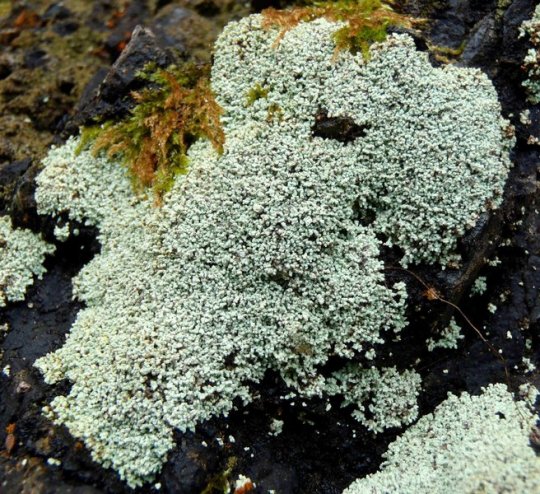

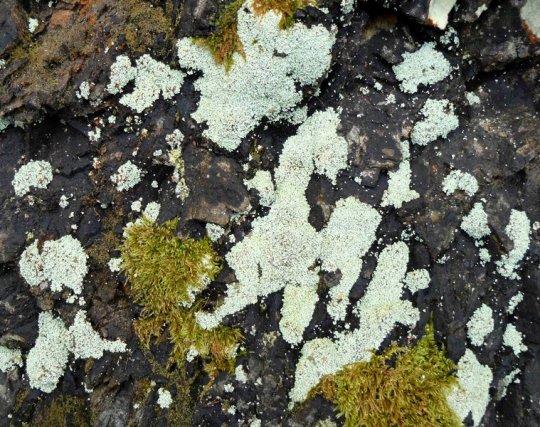
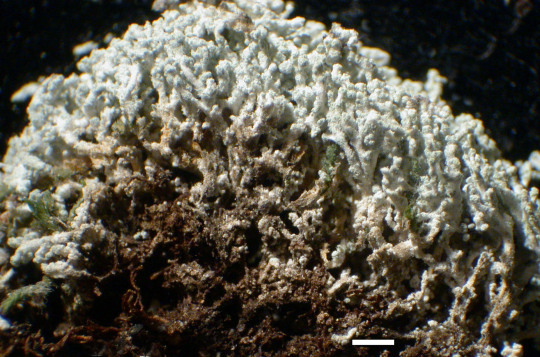
Lepraria subalbicans
Lesser cottonthread lichen, almost white dust lichen
When I think of Lepraria lichens (like the rest of you frequently do, I’m sure), I picture them as a scattered mass of greenish dust on the side of a tree. Effervescent, delicate, barely looking like much at all. But L. subalbicans looks like what would happen if all that scattered dust decided to band together against an attacker an form a singular, strong, dust monster! Does that make sense? IDK I just got back from the dentist my brain is still a bit foggy. This fruticose lichen has upright, clumpy pseudopodetia that grow up to 4 mm tall, forming a dense, bumpy crust. The surface is lumpy and sorediate, and ashy-white and dull in coloration. L. subalbicans grows on soil and in rock in exposed, mountainous regions of North and South America.
images: source | source
info: source | source
#lichen#lichens#lichenology#lichenologist#lichenized fungus#fungi#fungus#mycology#ecology#biology#botany#bryology#systematics#taxonomy#Lepraria subalbicans#Lepraria#I'm lichen it#daily lichen post
105 notes
·
View notes
Photo
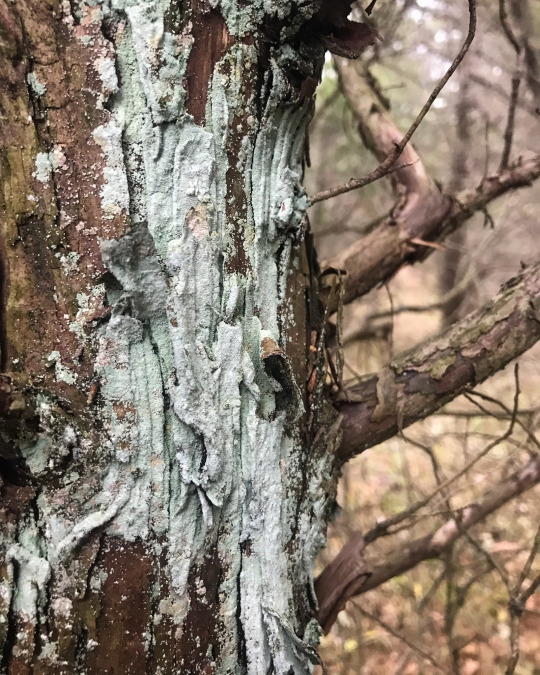




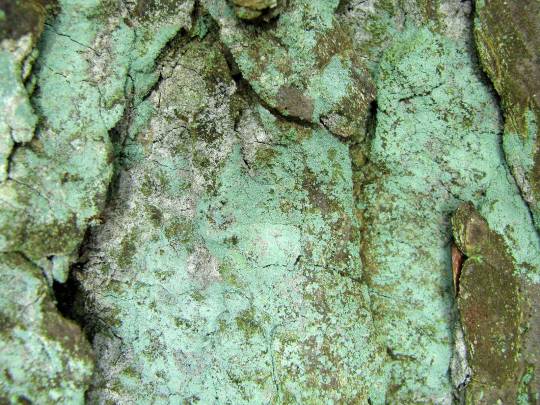




Lepraria harrisiana
Ashes to ashes, and dust to . . . lichen, apparently.
images: source | source | source
#lichen#lichens#lichenology#lichenologist#lichenized fungus#fungus#fungi#mycology#ecology#biology#botany#bryology#systematics#taxonomy#life scienc#environmental science#natural science#nature#naturalist#beautiful nature#weird nature#the natural world#Lepraria harrisiana#Lepraria#I'm lichen it#lichen a day#daily lichen post#lichen subscribe#I love lichens#lichens are so good
82 notes
·
View notes
Photo
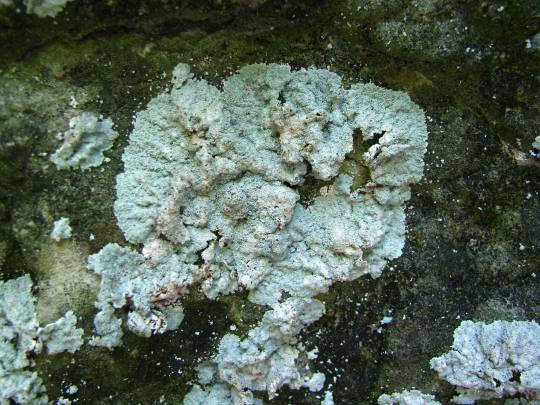
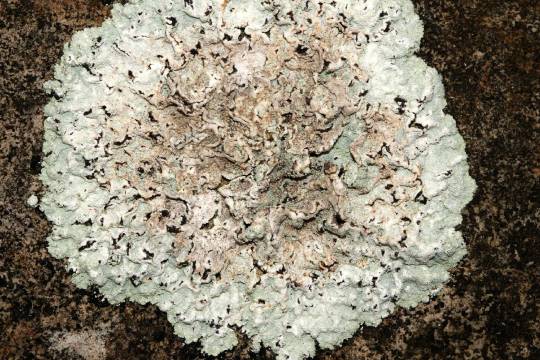
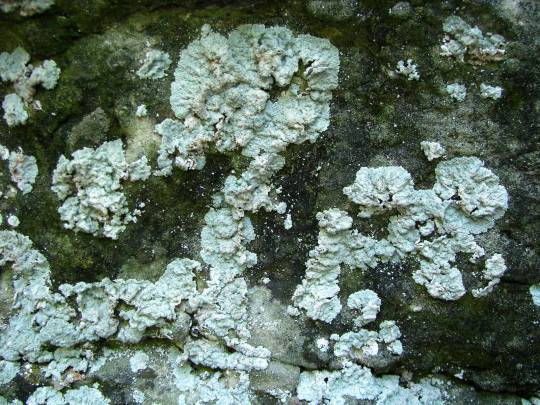
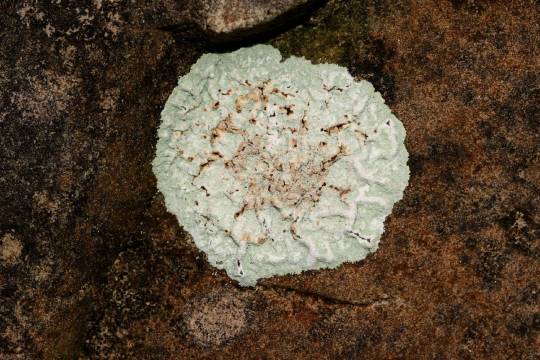
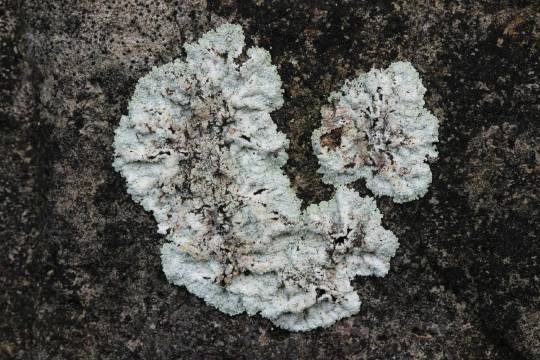

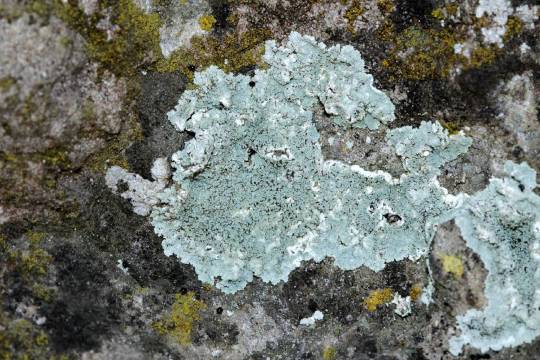



Lepraria finkii
Fluffy dust lichen, spring confetti
This lichen as a leprose thallus, meaning that it is made up of loose fungal hyphae and algal cells not covered or held together by a cortex. These gather on top of a hypothallus, so that the surface looks cottony or wooly. The margins of this lichen are more or less distinct, and can appear lobed, making it almost appear foliose. It has amore distinct margin than similar species, but can also occur more scattered and irregular, making it hard to distinguish. The coloration is bluish-green to grayish-green. L. finkii is common and widespread, and grows on bark and moss in humid regions.
images: source
info: source | source | source | source
#lichen#lichens#lichenized#lichenology#lichenologist#lichenized fungus#fungus#fungi#mycology#ecology#biology#forestry#botany#bryology#systematics#taxonomy#biodiversity#life science#environmental science#natural science#nature#beautiful nature#weird nature#naturalist#Lepraria#Lepraria finkii#dust lichen#fluffy dist lichen#spring confetti#I love lichens
23 notes
·
View notes
Photo


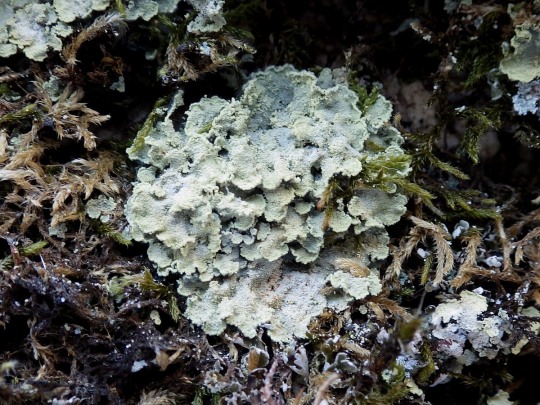
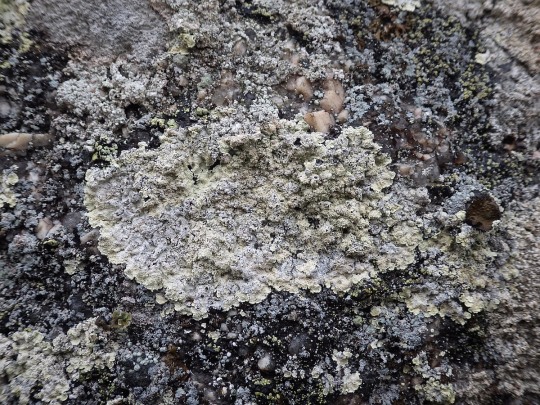
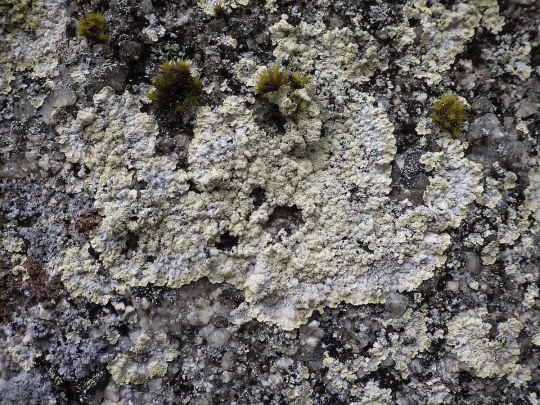
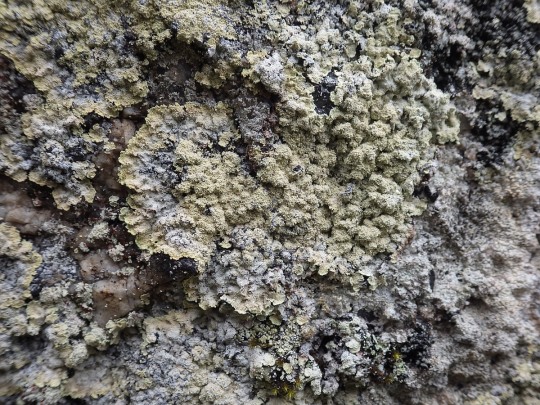
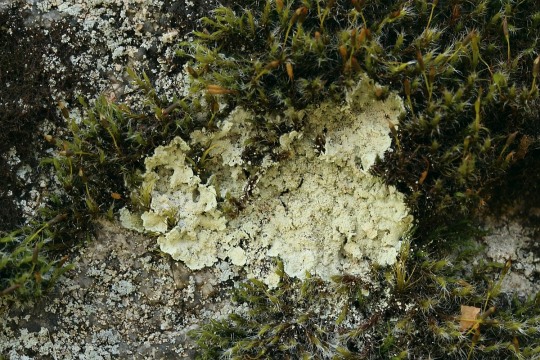

Lepraria membranacea ( syn. Leproloma membranaceum)
Dust lichen
L. membranacea doesn’t like to play by the rules. This lichen lacks a true cortex--the upper layer of the thallus that covers the surface. Think of it like the epidermal layer of the skin. And yeah, this lichen doesn’t have that. Instead what you are seeing is a thin membranous layer known as the medulla covered in granular soredia. This membrane forms lobes that grow in rosettes up to 3 cm wide. It kinda walks a weird line between crustose and foliose morphology. The medullary layer is white, and the soredia granules are a pale cream, yellow, or greenish. L. membranacea is wide spread, and can be found growing on sheltered rock faces and acidic tree bark all over the world. The full delimitation of this species has yet to be completely investigated using genetic information, and so this species name may cover what are actually a number of different species! Just one more way this dusty badboy is breaking the rules!
source | source | source | source | source
#lichen#lichens#lichenology#lichenologist#lichenthrope#lichenized fungus#mycology#mycologist#systematics#taxonomy#fungus#fungi#biology#ecology#botany#bryology#life science#natural science#environmental science#nature#naturalist#beautiful nature#weird nature#biodiversity#go outside#take a hike#look for lichens#forest#forestry#conservation
21 notes
·
View notes